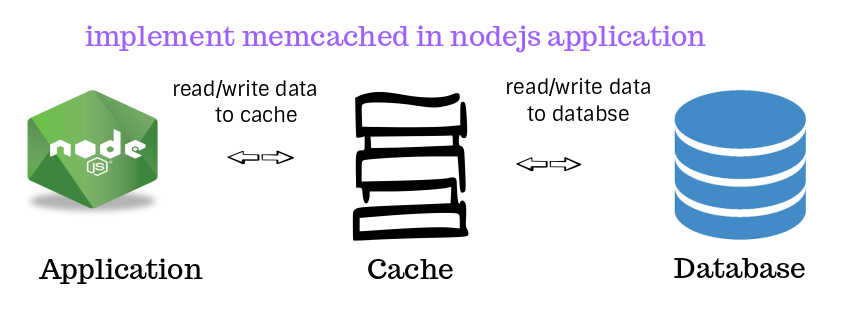

Npm cache clean -force or npm cache clean -f. are both not working and you still can’t clear the cache, you can force clear the cache by running: Run: “npm cache clean –force”Īnd if npm cache clean and npm cache verify. If that doesn’t solve your problem, you can also try deleting the node_modules folder in your project and re-running npm install. So if you get that error, try running npm cache verify. Npm ERR! If you're sure you want to delete the entire cache, rerun this command with -force.

If you want to make sure everything is consistent, use 'npm cache verify' instead. However if you’re running npm v5 and above, npm is supposed to be self-healing, and you may get the following error message when trying to clean the npm cache: npm ERR! As of, the npm cache self-heals from corruption issues and data extracted from the cache is guaranteed to be valid. Run: “npm cache verify” for npm version 5 and up

To fix this, you can try running npm cache clean. If everything went well, you may see two new HTML files under the root folder of your project.If you ever get weird errors in npm like Please run npm cache clean you may need to clean or refresh your npm cache. Then, in a new Terminal window, run the following command to start the benchmark tests: node benchmark.js Pay attention to the logs to see if any error shows up. Run the Node application via node index.js command. You may re-run the tests later with more requests to see how the gap increases. The testing is going to consider a load of 100 requests per test, which is not ideal for production-ready purposes, but more than enough to demonstrate the power of Redis. We'll be running two separate executions for each of the scenarios: one with no cache, and the other with Redis in the middle. createClient ( 6379 ) // Redis server started at port 6379 const MOCK_API = "" app.
#NODEJS CACHE UPDATE#
This way, when a cache data update fails, the application won't handle outdated data for too long.Ĭonst axios = require ( "axios" ) const express = require ( "express" ) const redis = require ( "redis" ) const app = express () const redisClient = redis. For situations like this, it's important to have a second plan like a TTL ( time to live) setup, in which developers establish a timeout for invalidating particular data in the cache. The cache, however, gives you more freedom to play with more elastic data structures.īe aware that the strategy demonstrated in the image above can be troublesome in case you write data to the database and the cache update fails. The database needs to be thoroughly thought-out since changes there can become too painful. There are many benefits to this strategy, such as the flexibility to deal with completely different data types in your cache and database. Finally, once it has the most recent version of the data, the application decides to write to the cache to make it aware as well.In case it's not, the application goes to the database to fetch the most up-to-date information.If successful, the application returns the information to the client without calling the database.



 0 kommentar(er)
0 kommentar(er)
